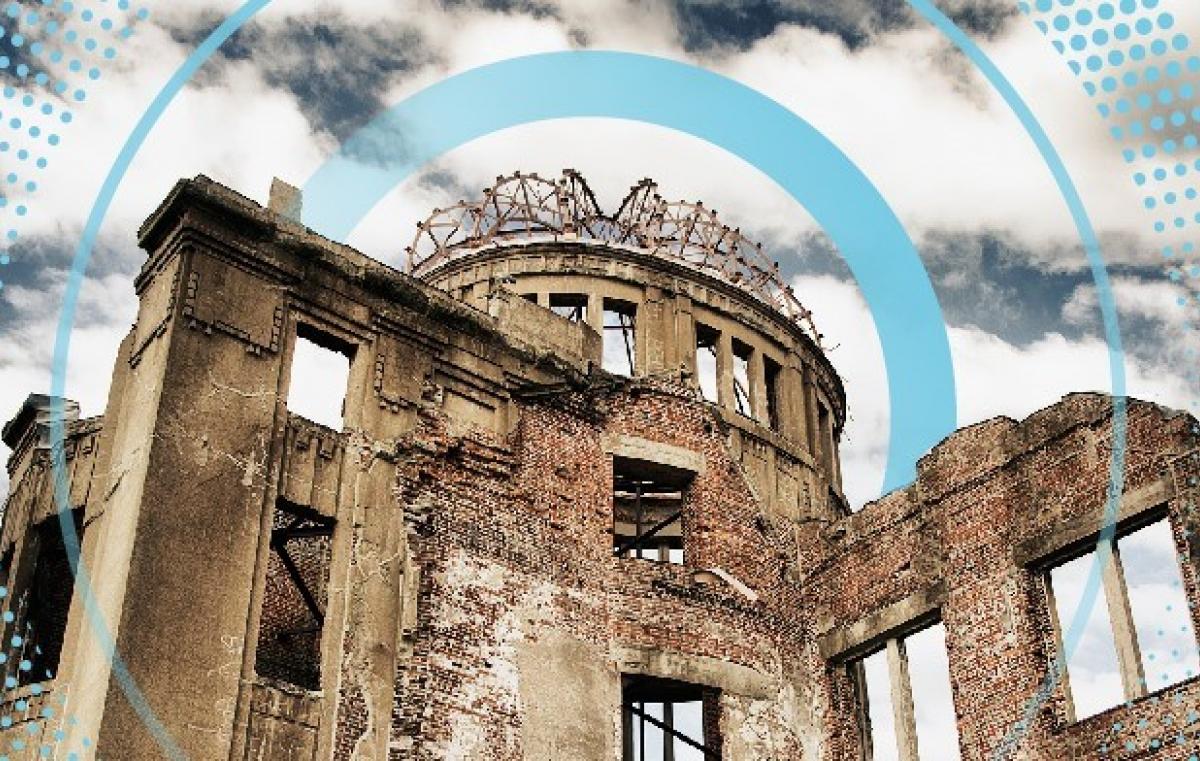77 Years Since The Atomic Bombing of Hiroshima and Nagasaki
On August 15, 1945, the voice of Japanese Emperor Hirohito was broadcast for the first time on national radio across the devastated country

On August 15, 1945, the voice of Japanese Emperor Hirohito was broadcast for the first time on national radio across the devastated country. Imperial Japan was surrendering after a long and vicious war against the Allied Forces, and after the United States dropped two atomic bombs: on Hiroshima, on August 6, and on Nagasaki, on August 9. Looking back 77 years after the bombings and the signing of the Japanese Instrument of Surrender on September 2, 1945, Dr. Roni Sarig, of the Asian Studies Program at Bar-Ilan University, writes about Japan’s greatest trauma of the Second World War, and what Japanese children are told about Hiroshima.
In Japan, the memory of the war has been shaped primarily by a sense of victimhood of the Japanese people due to the uniqueness of the atomic bomb catastrophes, and by a sense of universal mission to fight against nuclear weapons, and for the sake of peace. The war narrative relayed to children in Japan was part of the way in which this memory was shaped, with most of the emphasis on Hiroshima. The story was also told to preschoolers, and picture books began to appear widely from the 1990s and on.
The story of Hiroshima is described in many picture books as a kind of natural disaster that suddenly befalls the country, detached from any historical context. The story opens with a description of a peaceful city, where seven rivers flow in harmony with nature, and people set out for their traditional workday. The young readers see the clear blue summer skies and then, a small airplane flickers from behind a cloud. This plane is the harbinger of the atrocities that will immediately take place. A boy or girl, usually the protagonists of the story, leave their homes and are hit by the flash of the atomic bomb. The illustrations in many books depict with vivid colors and much detail the horrors: huge flames, people jumping into the river and drowning, dying mothers next to their injured babies, and survivors looking like shadows. The story ends with a message of hope and with a prayer for peace for the entire world: that there will be no more Hiroshimas; that children will not be harmed in wars; that people will not become shadows of themselves. A dove of peace is pictured hovering from above.
Alongside this story, there’s another “shadow” in the national Japanese consciousness – the shadow of Nagasaki. While Hiroshima has become a symbol in Japan and throughout the world, Nagasaki has been less remembered, even in children’s picture books. Why? The reasons are complex, but one explanation is that the story of Nagasaki requires the Japanese to confront their past. Nagasaki had a large Christian community, which was legally overthrown and socially persecuted before and during the war. One of the symbols of the Nagasaki disaster is the cathedral that was destroyed, which gives expression to the harm caused to the entire city and its Christian community. In the children’s book on the bombings, Japan was shrouded in silence and oblivion regarding its responsibility for the war, its cruelty toward the people it conquered, and also toward its own victims, who did not conform to the universal dove of peace message Japan sought to memorialize.